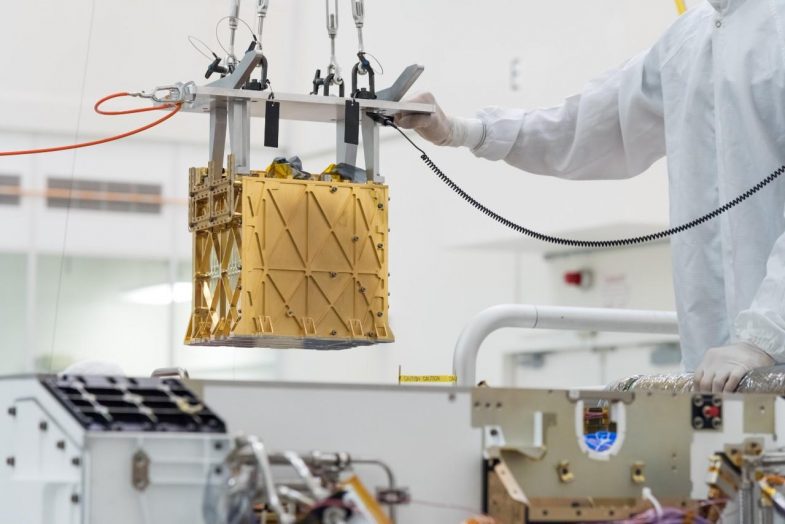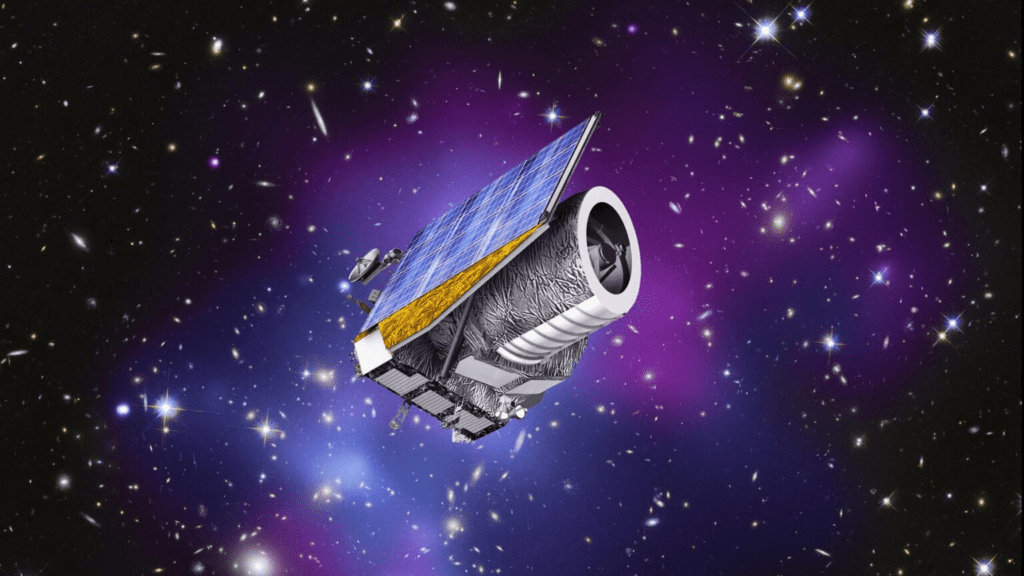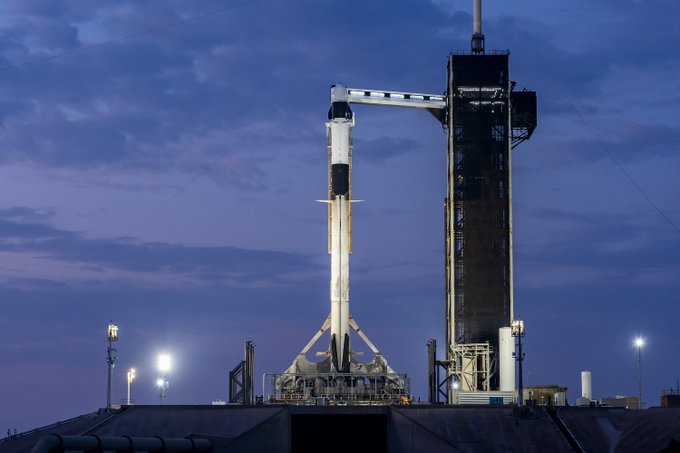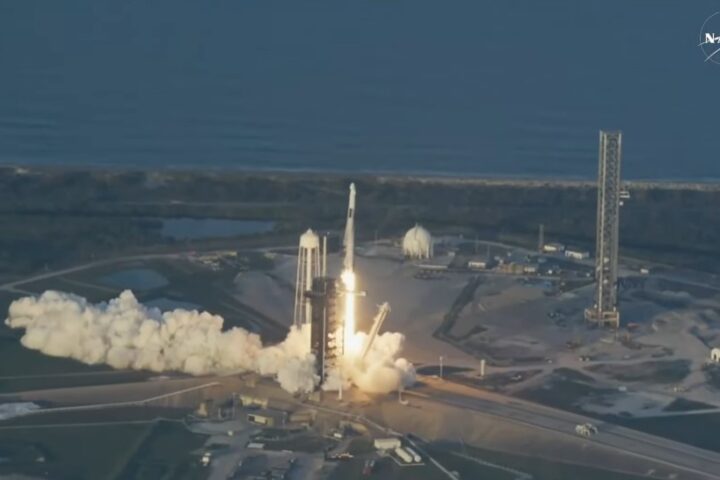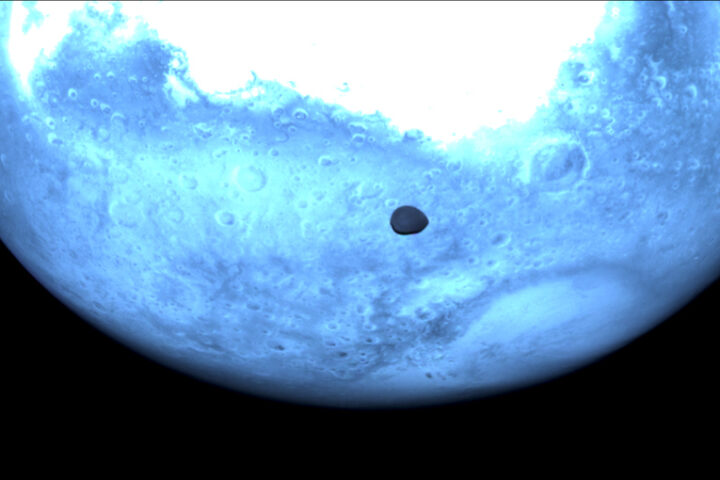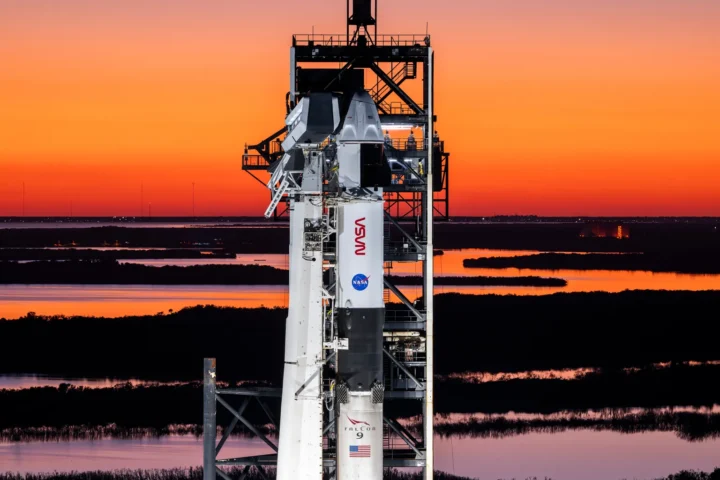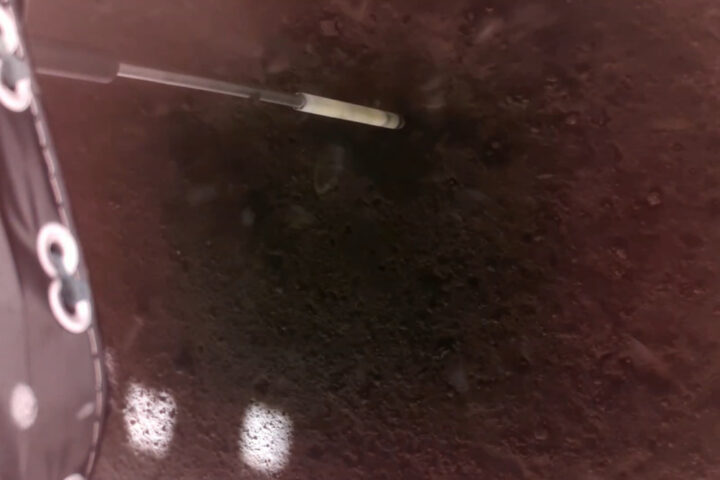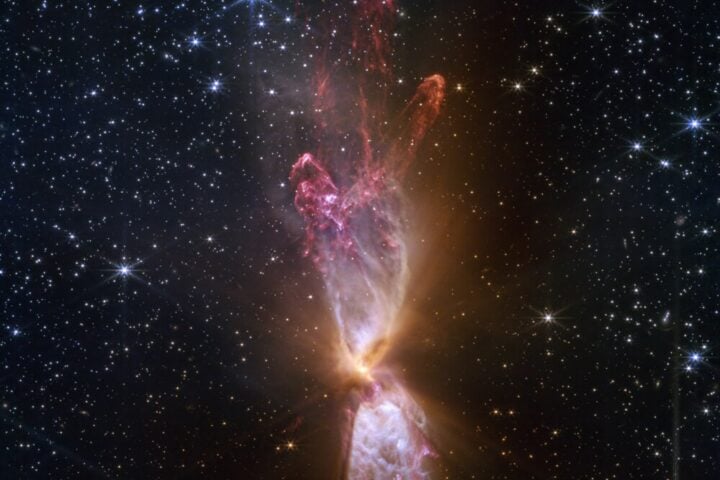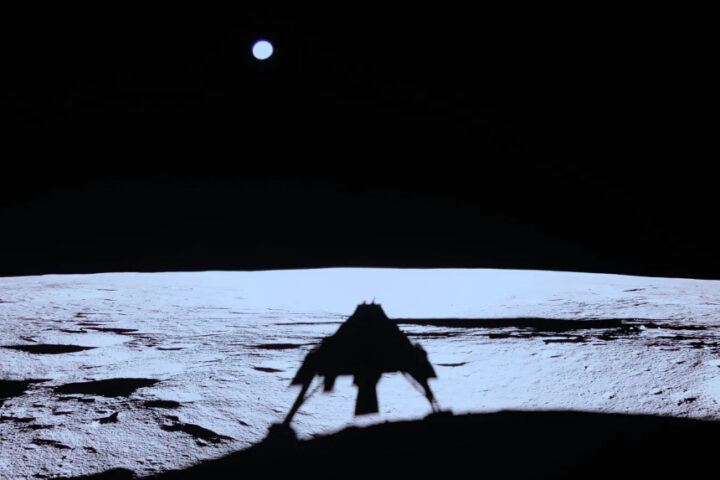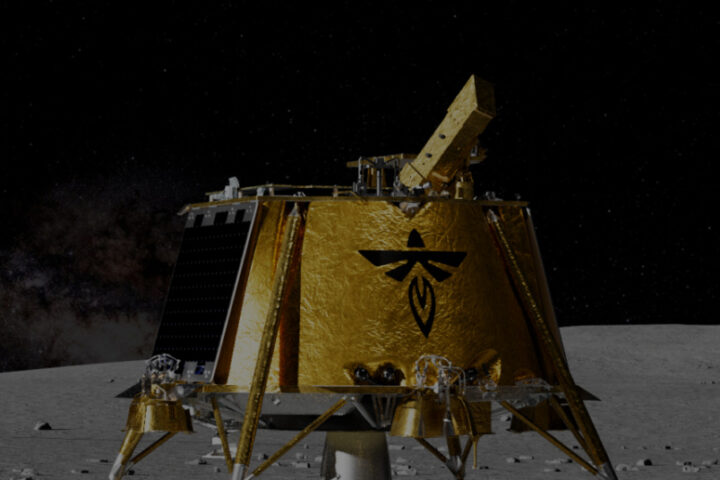NASA’s Perseverance Mars rover has made a landmark breakthrough in converting Mars’ thin atmosphere into a valuable source of oxygen. This development is considered a major milestone for future missions to the Red Planet. The rover’s Mars Oxygen In Situ Resource Utilization Experiment (MOXIE) recently surpassed its previous production level, doubling the amount of oxygen it produced in a groundbreaking experiment. As per a report by Space.com, the researchers pushed MOXIE to its maximum production level.
Exciting Results from the Riskiest Run
Michael Hecht, the principal investigator of MOXIE, expressed his excitement about the successful experiment, stating that they achieved great results despite the risks involved. This latest run was particularly daring, as it posed a potential danger to the sensitive instrument. However, the gamble paid off, and MOXIE exceeded expectations.
Doubling the Production Rate
Over a span of 58 minutes, MOXIE demonstrated a production rate of approximately 12 grams of oxygen per hour, twice the anticipated amount. The team took a chance with this experiment, unsure of the outcome. As Hecht described it, they held their breath and waited to see what would happen. The results were beyond their expectations.
MOXIE: Transforming Martian Atmosphere into Oxygen
MOXIE, housed within NASA’s Perseverance Mars rover, is a compact device designed to convert the planet’s carbon dioxide-rich atmosphere into oxygen. Besides enabling astronauts to breathe on Mars, this toaster-sized machine could also potentially produce rocket fuel for future missions. The groundbreaking technology allows MOXIE to extract oxygen from the Martian air using an electrochemical process.
Similar Post
Pushing the Boundaries of Exploration
Despite the harsh conditions of the Martian winter, MOXIE successfully conducted one-hour experiments on seven occasions in 2021. However, funding for the project is expected to run out by the end of the year, prompting Hecht and his team to seek new collaborations. They are eager to continue the experiment and find answers to the many remaining questions. In the meantime, the scientists aim to develop Earth-based prototypes capable of generating sufficient oxygen for entire Mars missions.
The Last Hurrah and Continuous Improvements
Reaching this milestone during MOXIE’s 15th run on Mars was informally dubbed “the last hurrah.” The primary challenge has been maximizing efficiency to achieve higher oxygen yields on the Red Planet. Hecht presented a comprehensive review of MOXIE’s year-long resource utilization at the 23rd meeting of the Space Resources Roundtable, emphasizing the importance of their work.
Overcoming Challenges and Future Prospects
Weighing about 40 pounds, MOXIE uses a pump to draw in Martian air, which is then subjected to an electrochemical process that separates one oxygen atom from each carbon dioxide molecule. This process results in the production of carbon monoxide and solid carbon residue that can accumulate inside the device, requiring careful monitoring of voltage. MOXIE’s 14 runs in 2022 focused on optimizing its capabilities and exploring new operational modes.
Funding and Future Collaborations
While MOXIE has made significant progress, it is ultimately a technology demonstration, and its long-term operation is dependent on funding. Unfortunately, the current funding is set to end this year, necessitating the search for new collaborations. Michael Hecht and his team hope to continue their research and build a full-scale system capable of generating 25 to 30 tons of oxygen for future human missions on Mars.
Looking Ahead
The recent breakthrough with MOXIE’s oxygen production showcases the immense potential for sustaining human exploration on Mars. The results encourage further development of the technology, with the goal of running MOXIE continuously for extended periods. Understanding the device’s durability and performance over time is crucial, as any future mission to Mars requires reliability and the ability to produce oxygen on a larger scale. As Hecht emphasized, the success of MOXIE is vital for ensuring the success of human exploration beyond Earth.
